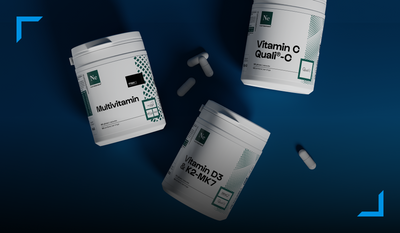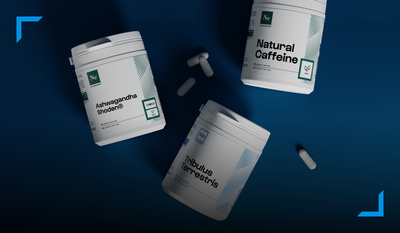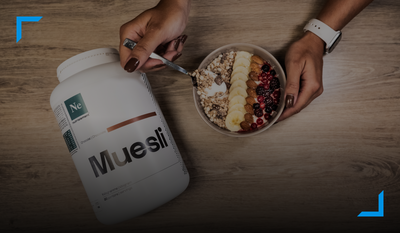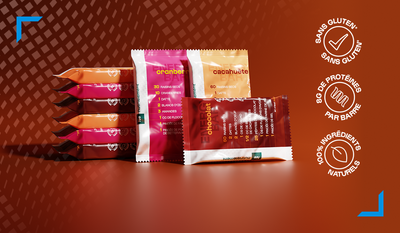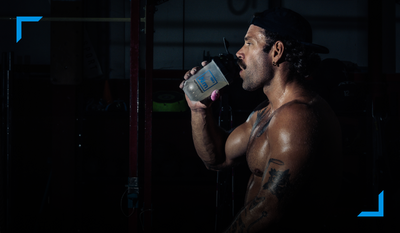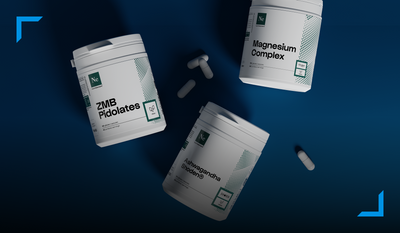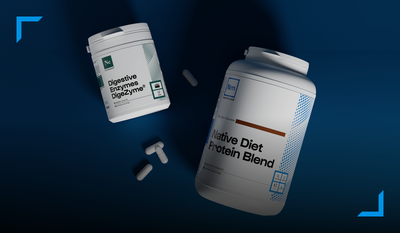0 commentaires
For the sake of transparency, we detail everything there is to know about whey proteins. Nutrimuscle answers your questions on the subject.
Contents
- Whey cheese: unclear bleaching!
- Cheddar, one of the best-selling cheeses in the world.
- How to bleach whey?
- Toxic chemical residues
- A chemical aftertaste
- Unnecessary heating
Whey cheese: unclear bleaching!
Contrary to popular belief, the vast majority of whey proteins are not derived directly from milk.
They go through an additional stage which consists of making cheese and recovering the resulting liquid waste (whey or whey proteins).
We are talking about cheese whey , because it comes from cheese factories as opposed to real native whey coming directly from milk from a dairy like the whey that Nutrimuscle sells.
Cheddar, one of the best-selling cheeses in the world
Cheddar is the favorite cheese of the Anglo-Saxons. It is also found in fast foods as a chewy slab in cheeseburgers. Millions of tons of cheddar are produced.
This therefore results in tons of cheese waste that will be recycled in the form of whey cheese.
However, cheddar is a special cheese, because of its color which is not natural. It is obtained by adding a more or less intense orange dye. This dye will not only color the cheese, it will also color the whey .
The result is a very yellowish whey protein, unsaleable as it is .
How to bleach whey?
So that the final whey is not yellowish, and therefore goes from unsaleable status to a very white whey that seems "pure", it must be bleached!
The most common solution, because the least expensive, is to treat whey with benzoyl peroxide . Peroxide is the bleaching chemical that allows someone with brown or even black hair to turn platinum blonde.
The more peroxide you put, the more effective the bleaching, especially since in the United States, there is no legislation concerning the level of residues that result from this chemical reaction. (1)
Toxic chemical residues
All scientific analyzes agree on this point: following bleaching, there are always traces of various toxic products in whey , particularly benzoic acid, a chemical preservative. (1-2)
Even if there are few, keep in mind that whey is a supplement that you will consume over a long period of time, every day, even several times a day. The goal of taking whey is to nourish your muscles, not to drink chemicals whose toxicity is known and well established.
A chemical aftertaste
Blanching not only leaves toxic residues in the whey, it will also alter the taste. (3-4-5-6)
The whey then takes on a pronounced chemical taste due to several factors:
1 - The taste of the chemical residues that we have just mentioned.
2 - Molecular modifications in the protein, due to the chemical reaction (7)
It will therefore be necessary for protein manufacturers to add even higher doses of synthetic sweetener in order to mask this aftertaste and sell a protein as delicious as they promise in the advertising.
The consumer must be aware that this good taste is obtained at the expense of the quality of his whey.
We reheat the whey unnecessarily
The degradation of the protein does not stop there, because to effectively whiten whey, it must also be heated over a more or less long period, which will degrade, quite unnecessarily, the amino acids that compose it.
Unfortunately, the more effective bleaching is desired, the more strongly the protein must be heated (8)
Whey proteins: conclusions
The only real guarantee that your whey has not been bleached is to only use dairy whey rather than the too classic cheese whey.
Dairy whey doesn't have to be bleached because it doesn't go through a cheese factory where it would have been colored during the production of cheddar.
You have to be all the more careful if your whey comes from across the Atlantic, because the chances that it has been bleached are then increased tenfold. (5)
Scientific references
(1) Listiyani MA. Influence of bleaching on flavor of 34% whey protein concentrate and residual benzoic acid concentration in dried whey proteins. J Dairy Sci. 2011 Sep;94(9):4347-59.
(2) Chang JE Reactions of Benzoyl Peroxide with Whey. Journal of Dairy Science Volume 60, Issue 1, January 1977, Pages 40–44.
(3) Jervis MG The influence of solids concentration and bleaching agent on bleaching efficacy and flavor of sweet whey powder. Journal of Dairy Science Volume 98, Issue 4, April 2015, Pages 2294–2302.
(4) Kang EJ. Alternative bleaching methods for Cheddar cheese whey. J Food Sci. 2012 Jul;77(7):C818-23.
(5) Jervis S. Effect of bleaching whey on sensory and functional properties of 80% whey protein concentrate. J Dairy Sci. 2012 Jun;95(6):2848-62.
(6) Crescent AE. The effect of bleaching agent on the flavor of liquid whey and whey protein concentrate. J Dairy Sci. 2009 Dec;92(12):5917-27.
(7) Jervis SM. The impact of iron on the bleaching efficacy of hydrogen peroxide in liquid whey systems. J Food Sci. 2013 Feb;78(2):R129-37.
(8) Listiyani MA. Effect of temperature and bleaching agent on bleaching of liquid Cheddar whey. J Dairy Sci. 2012 Jan;95(1):36-49.




